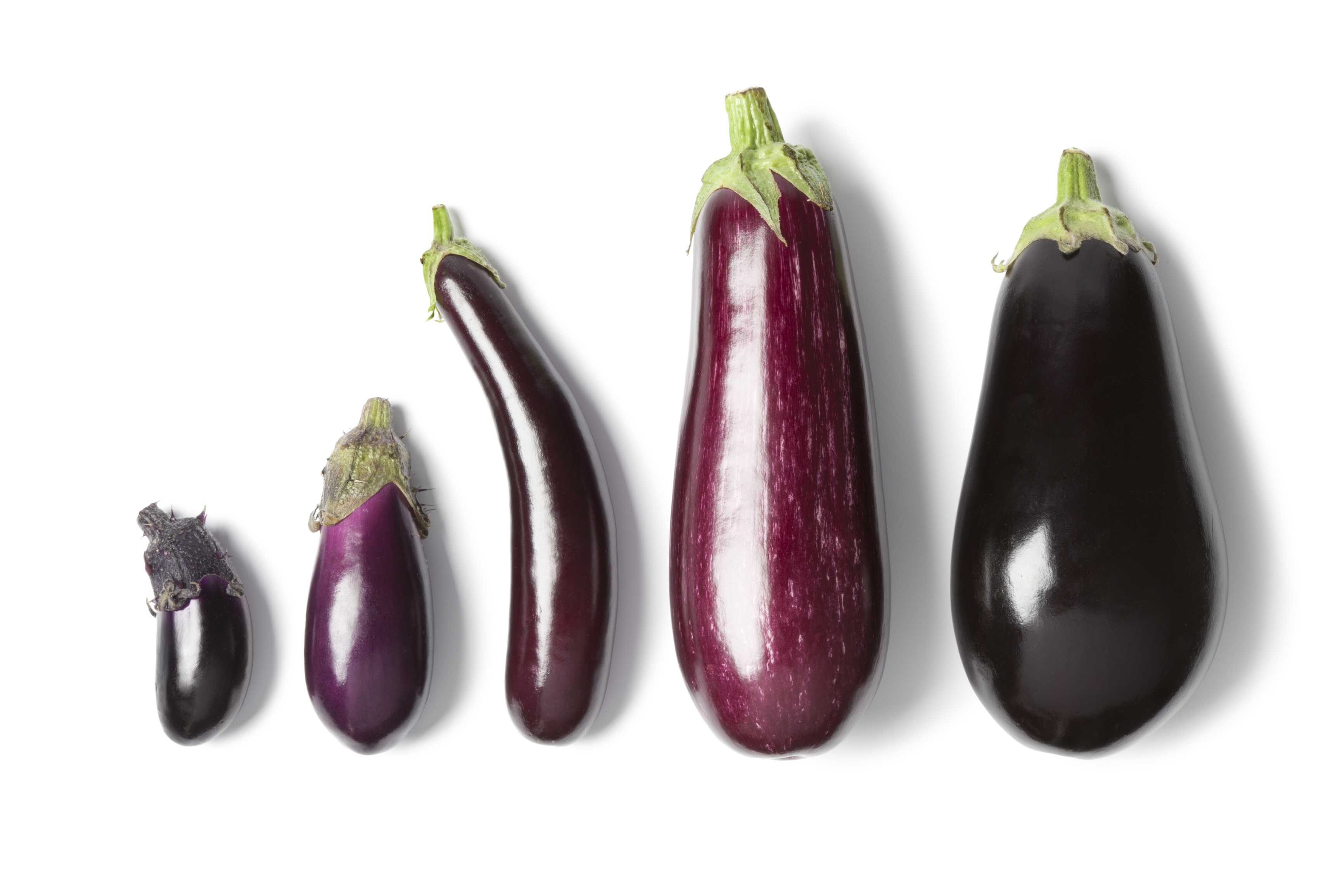A symbol of the city of Catania and typical of Sicilian cuisine, pasta alla Norma is the perfect eggplant dish. The recipe is simple, marrying tomato and eggplant with basil, garlic, and sometimes red pepper flakes. It's bound to convert eggplant haters to aubergine aficionados.
Christina Pirello of PBS's Christina Cooks: Back to the Cutting Board was in the eggplant-hater camp—until she tasted so-called melanzane in Sicily.
Christina, who also leads food tours of Puglia and Sicily, adds lentils to her twist on this Sicilian classic.
She took time out to share the history of pasta alla Norma, how to prepare eggplant, and what she hopes you'll take away from her plant-based, protein-packed aubergine recipe.
Tell us about your background. Where is your Italian family from?
The Italian side of my family is from Castelemare di Stabia, a bayside town outside Naples. They came from the poor side of town, as most of our ancestors did. My nonna, Elena Cordasco, was the youngest of seventeen (yup, seventeen). They came to America in groups and she was in the last group at 13 years old.
My nonno, who I adored, Girardo Stabile, was one of seven children and came to the U.S. when he was 16. They met when my nonna was 16, and they didn't know each other in Italy, even though they were from the same town. They married and had three children: my mother and her sister and brother.
We were always with my nonni. They lived either upstairs or next door, so they were a constant in my life, as were my nonna's nine sisters. I loved to be with them and my mother in the kitchen. My family always yelled as a way to communicate, but I noticed in the kitchen that they sang, laughed, and worked symphonically together smoothly, with no issues. That was what I wanted.
Describe your experiences in Sicily. What left a lasting impression?
My husband is Sicilian on both sides of his family, as far back as he can trace, so our experiences there often revolve around family. His aunts and cousins are all amazing cooks. I guess the most lasting impression is that the food in Sicily is pure magic. The simplest ingredients, cooked fresh with great olive oil, create feast after feast. I was not a big fan of eggplant (I know it's blasphemous) until I had it cooked for me in Sicily. The tomatoes are little pieces of heaven, and the oil is like gold.
Why didn't you like eggplant, and what changed that?
As a kid, my Neopolitan family used eggplant all the time, and I just did not care for the texture of it. When I traveled to Sicily and saw and tasted what they did with eggplant, my mind was changed, and I fell in love with it.
What is the history of pasta alla Norma?
It was named in honor of the native of Catania, Vincenzo Bellini, the composer of the opera Norma. It is said that the Italian writer Nino Martoglio exclaimed, "This is a real 'Norma!'" meaning a masterpiece (like the opera) when he tasted the dish. However, the name was not dedicated to this dish until decades after Martoglio's death.
Where did you encounter the best pasta alla Norma dish?
Ah, this makes me laugh, as I think the best Norma is mine! I add red lentils to the sauce to make it thick and rich-tasting, and I love it. That said, my husband's late Aunt Pina made a great Norma. There was just something about the way she cooked that lent a delicacy to this hearty dish.
What inspired you to create your particular version of pasta alla Norma?
I wanted to make the sauce thick and rich, and of course, we wanted to add protein, as we are both active. Since red lentils break down easily, they were the perfect solution.
How do you ensure the eggplant remains tender and not too oily when cooking?
I soak my eggplant in salted water and rinse it well before cooking. This not only removes the alkaloid "solanine," making the eggplant easier to digest, but it also makes it more porous, so you don't need to bathe it in oil as you cook, and it still comes out richly flavored.
What do you hope readers will take away from this dish?
I would like people to realize that you can, in fact, make a perfect pasta dish…one that is good for you, delicious, and gives you all the nutrition you need. You can break with tradition and create a new dish that honors tradition as well.
>>Get Christina's pasta alla Norma recipe here!<<
If you enjoyed this article, consider subscribing to my newsletter for more content and updates!


